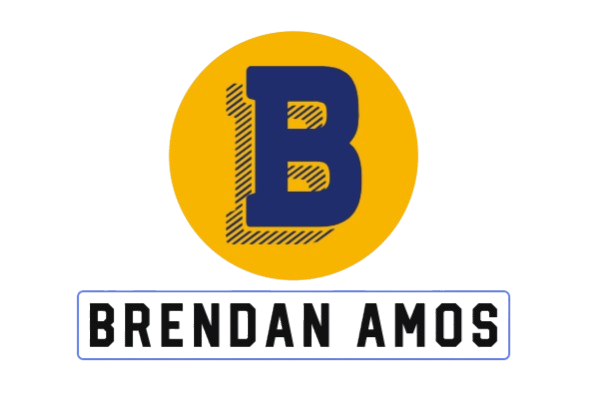
Growth vs. Traditional Marketing: Insights from Brendan
In today’s ever-evolving digital landscape, brands are constantly reassessing their marketing strategies to stay ahead. One of the biggest shifts in recent years has been the rise of growth marketing, a data-driven, agile approach that contrasts significantly with traditional marketing. To understand this transition and its implications for businesses today, we turn to digital strategist Brendan Amos, known for helping startups and enterprises align marketing with measurable growth.
Understanding the Basics
Before diving into Brendan’s insights, let’s define the two:
- Traditional Marketing involves long-term brand-building strategies like TV ads, radio, print, billboards, and direct mail. It focuses heavily on reach, awareness, and reputation.
- Growth Marketing, on the other hand, is iterative, experimental, and performance-based. It involves rapid testing across digital channels like social media, SEO, email, PPC, and more to identify what drives real growth—whether it’s user acquisition, retention, or revenue.
Brendan Amos on the Core Differences
According to Brendan Amos, the key differences boil down to intent, execution, and measurement.
“Traditional marketing is about setting the brand tone and hoping it resonates,” Amos says. “Growth marketing is about testing hypotheses, collecting data, and doubling down on what works.”
1. Approach & Mindset
Traditional marketing follows a top-down approach. It’s often slow-moving and tied to annual or quarterly plans. Once a campaign is launched, it’s harder to adjust mid-way.
Growth marketing embraces agility. Campaigns are built on A/B testing, funnel optimization, and user feedback. Strategies are adjusted weekly or even daily based on performance data.
Brendan’s Take:
“In growth marketing, failure isn’t feared—it’s fuel. Every failed test gets you one step closer to what works.”
2. Channels & Tools
Traditional marketing uses offline channels:
- TV and radio ads
- Newspapers and magazines
- Outdoor billboards
- Events and sponsorships
Growth marketing operates digitally and integrates with tech tools:
- Email marketing platforms
- Social media analytics
- CRM and marketing automation tools
- SEO tools and heatmaps
- Data analytics dashboards
Brendan Amos emphasizes the importance of having the right tech stack:
“Your tools are your eyes and ears. Without analytics, you’re just guessing.”
3. Customer Focus
Traditional marketing often casts a wide net, hoping to reach as many people as possible.
Growth marketing is customer-centric. It segments audiences, personalizes messaging, and tracks user behavior across the funnel.
Brendan notes:
“Modern customers expect personalization. Growth marketing speaks to the individual, not just at the crowd.”
4. Metrics That Matter
Traditional marketing success is usually measured through indirect metrics:
- Reach
- Impressions
- Brand recall
Growth marketing focuses on performance metrics:
- CAC (Customer Acquisition Cost)
- LTV (Lifetime Value)
- Retention rates
- Churn rate
- ROI (Return on Investment)
Amos’s Advice:
“If you can’t measure it, you can’t scale it. Growth marketing is all about measurable outcomes.”
Real-World Application: When to Use Which?
Brendan Amos believes the choice between traditional and growth marketing depends on the stage and goals of your business.
✅ Use Traditional Marketing When:
- You’re building brand awareness in a broad market
- You have a larger budget and time to invest
- Your audience consumes offline media
- You’re sponsoring a large-scale event or TV campaign
✅ Use Growth Marketing When:
- You’re a startup or DTC brand looking for fast, scalable results
- You need to prove ROI quickly
- You want to target niche markets with precision
- Your focus is customer acquisition and retention
“The smartest brands blend both,” Brendan suggests. “Use traditional methods to build trust, and growth marketing to drive action.”
The Hybrid Future
As marketing evolves, the lines between growth and traditional strategies are beginning to blur. Many companies now adopt a hybrid model, combining brand campaigns with performance-driven digital efforts.
Brendan predicts this will only intensify in the coming years:
“We’ll see brand storytelling done in short-form video ads, supported by analytics that track every click. The best marketers of tomorrow will be both creative and analytical.”
Final Thoughts
Marketing is no longer just about being seen—it’s about being remembered, clicked, and shared. Growth marketing and traditional marketing both have their place, but as Brendan Amos highlights, the difference lies in mindset, measurement, and momentum.For businesses aiming to thrive in a digital-first world, embracing the principles of growth marketing—while honoring the brand equity built through traditional methods—can unlock the best of both worlds.



